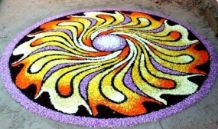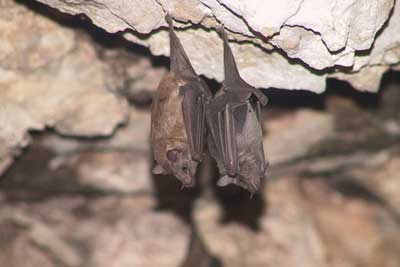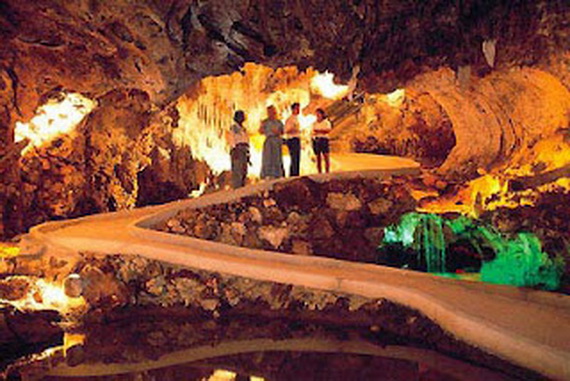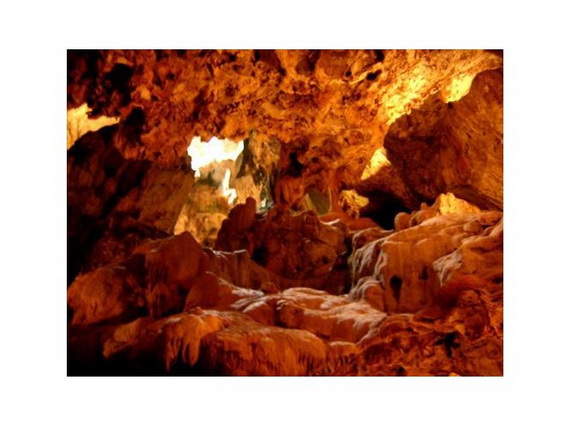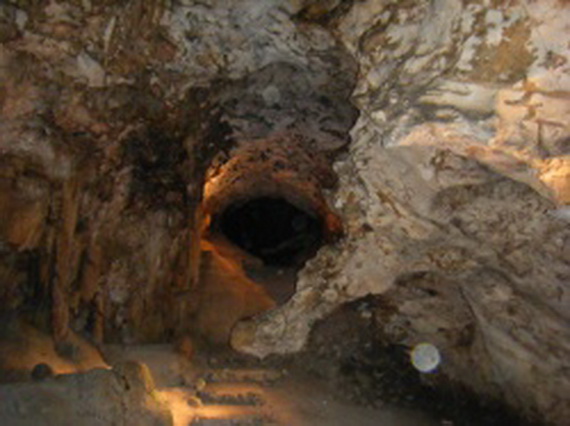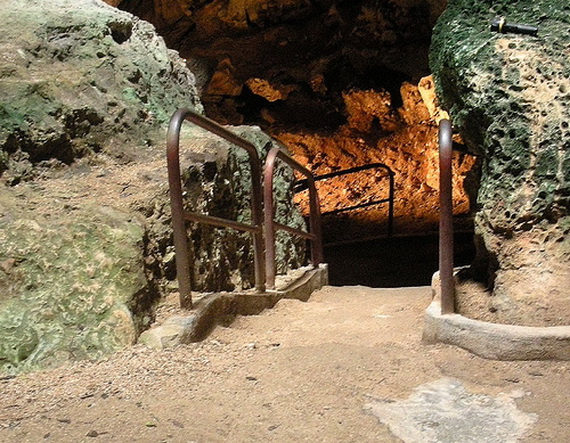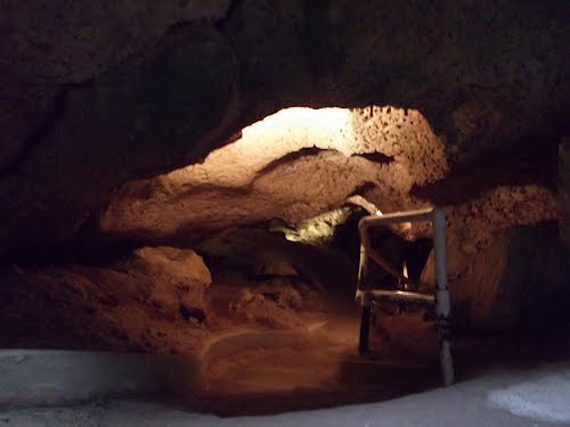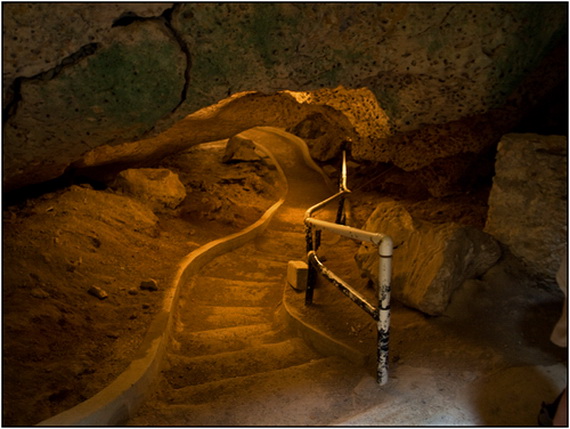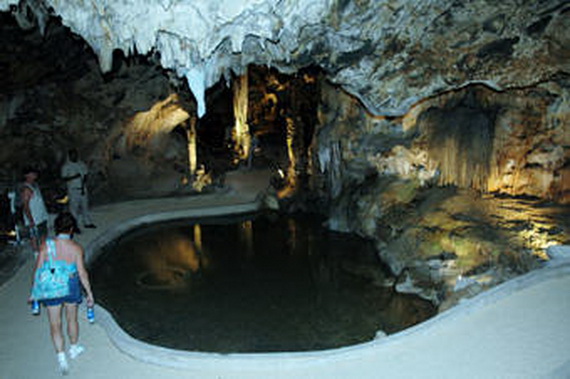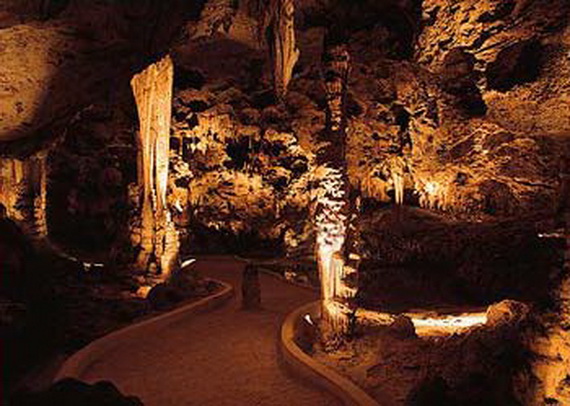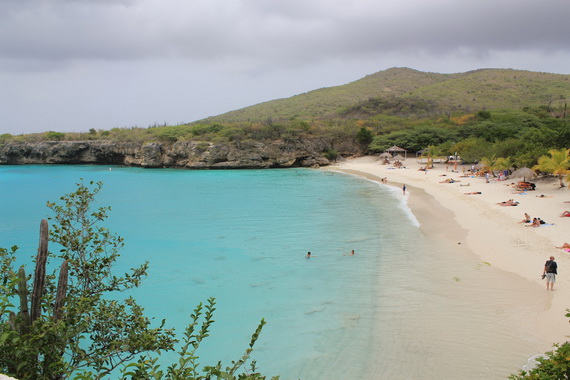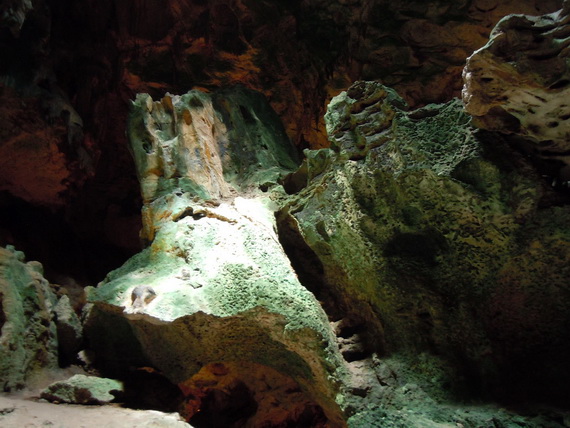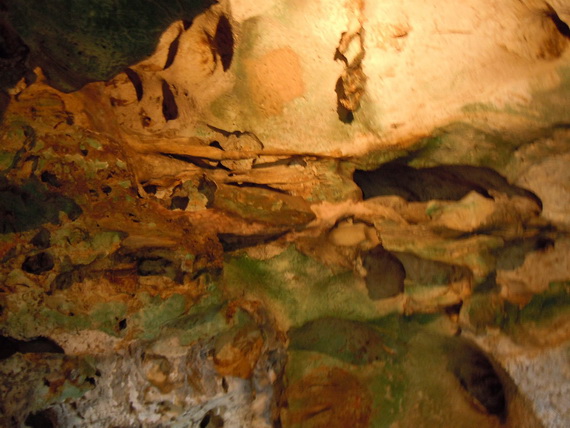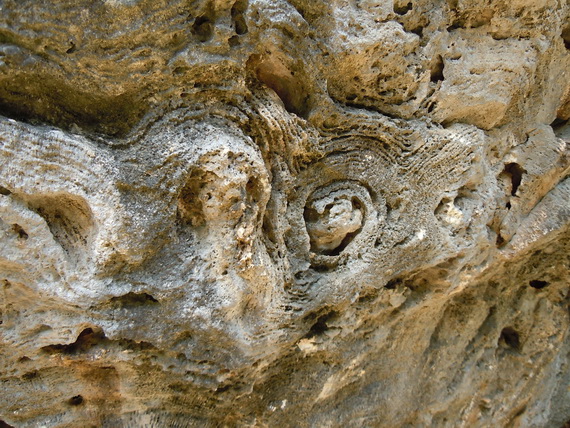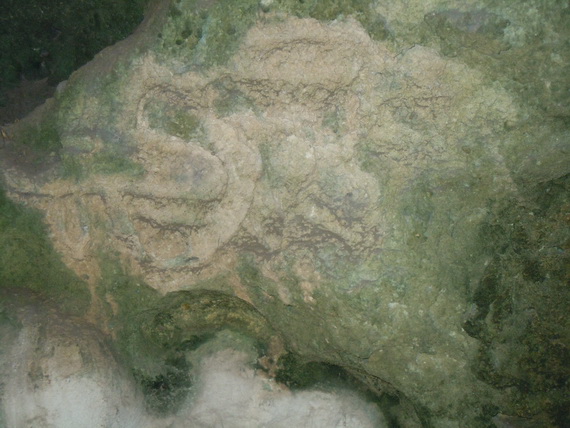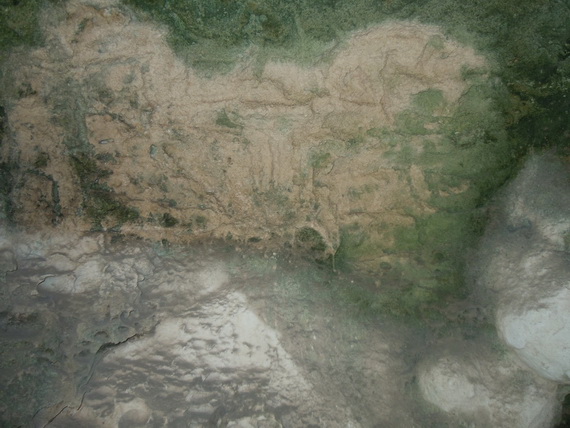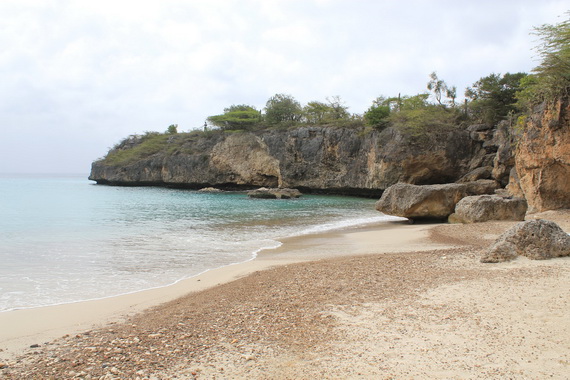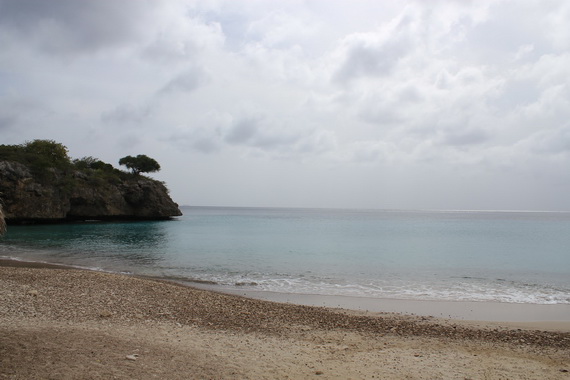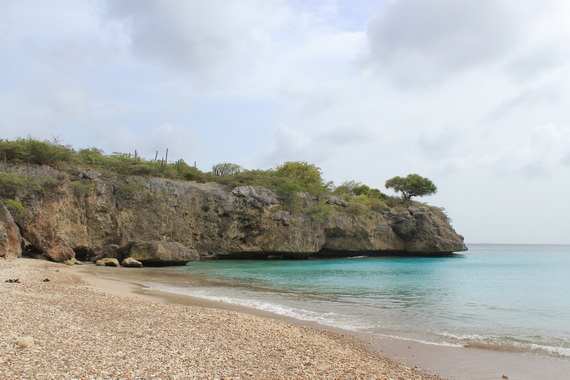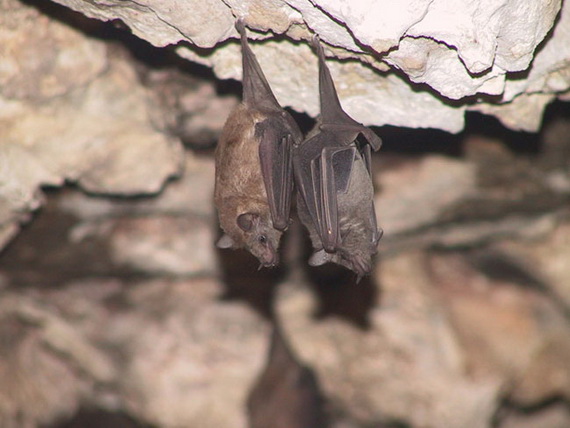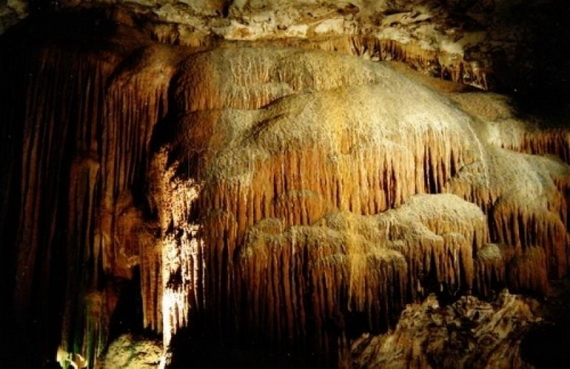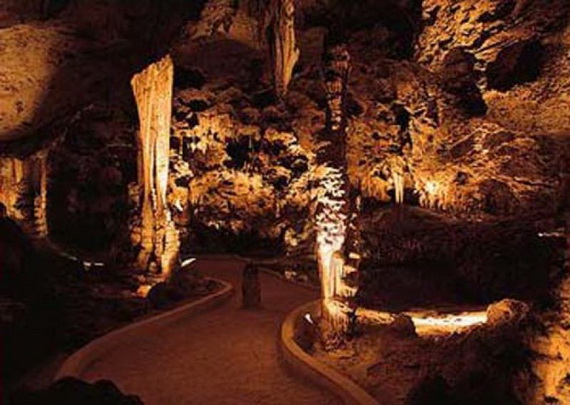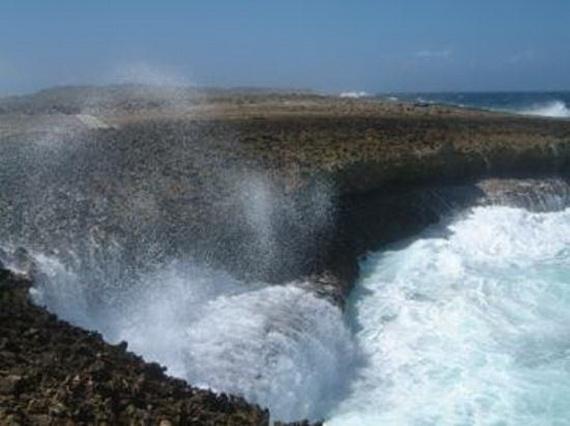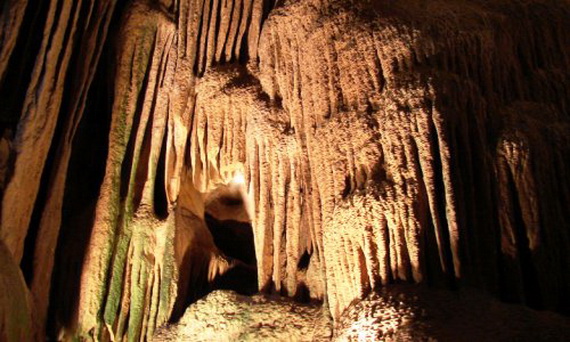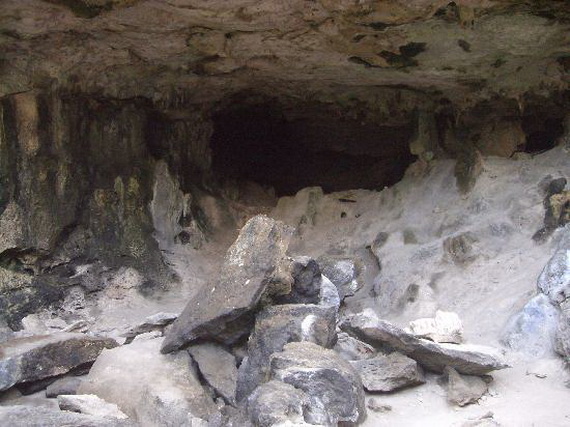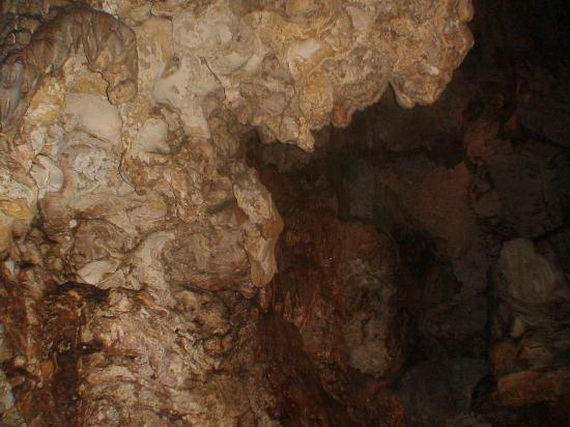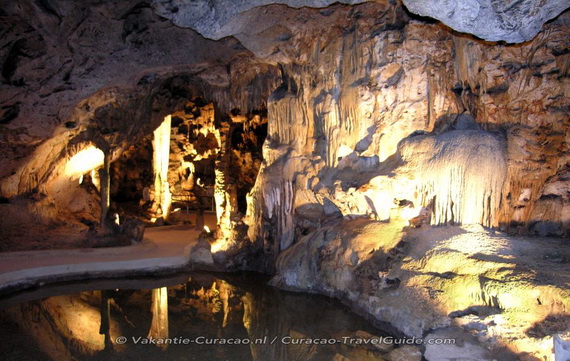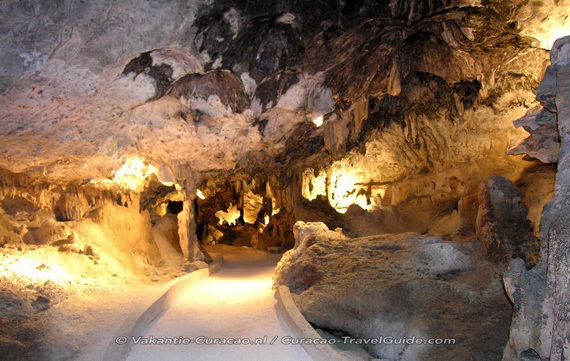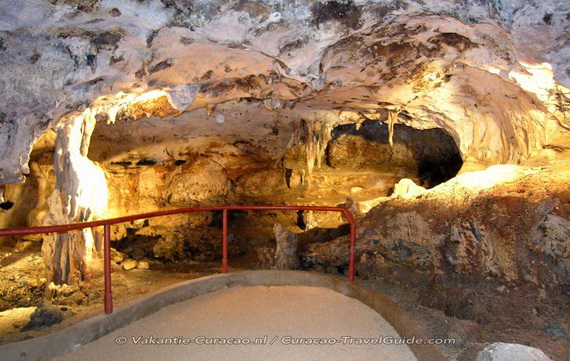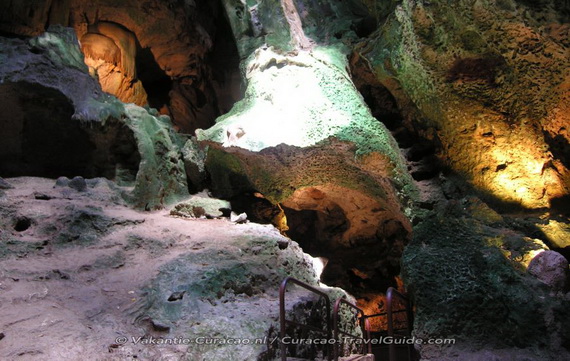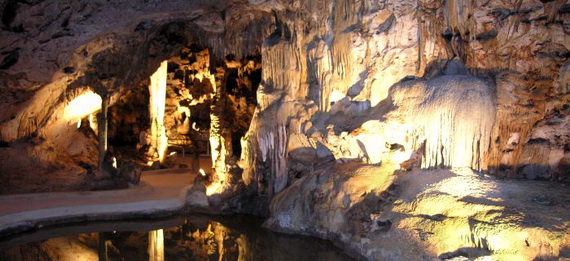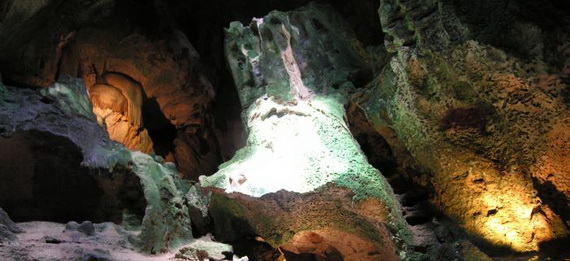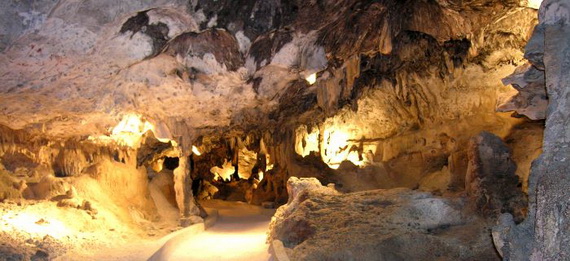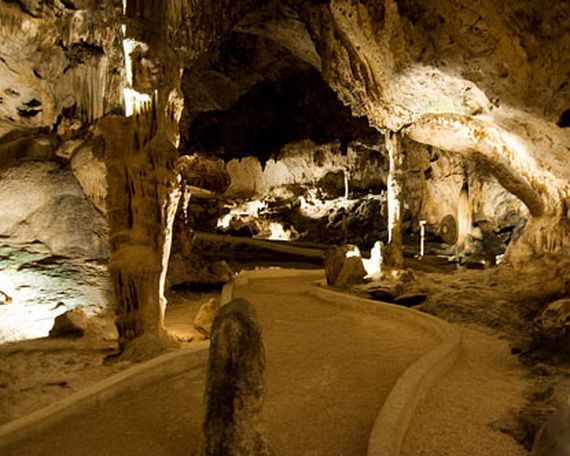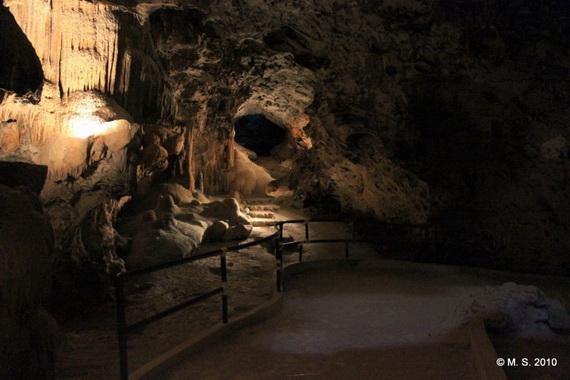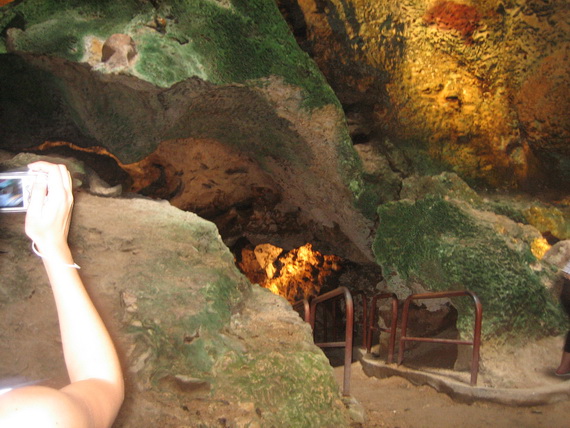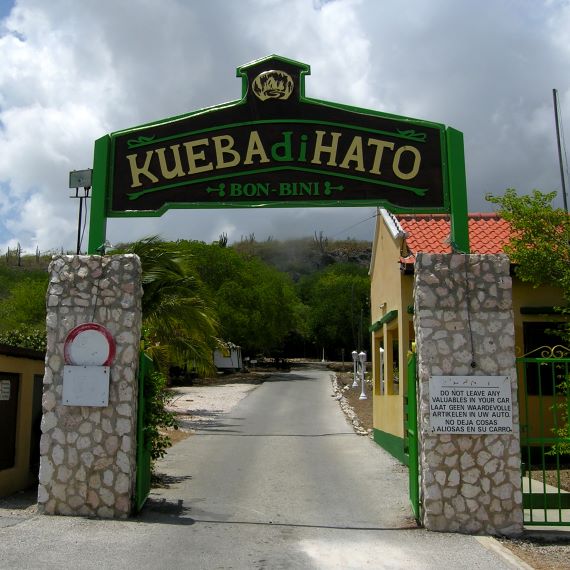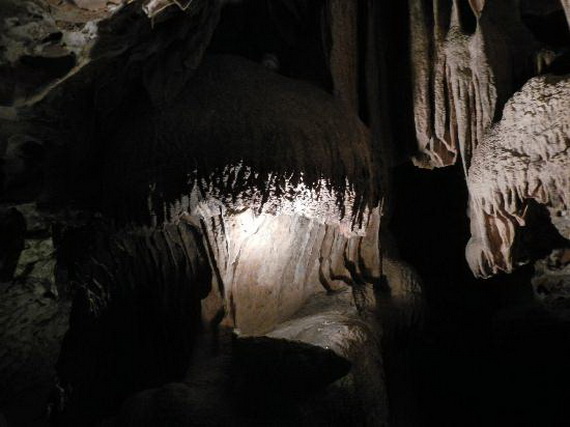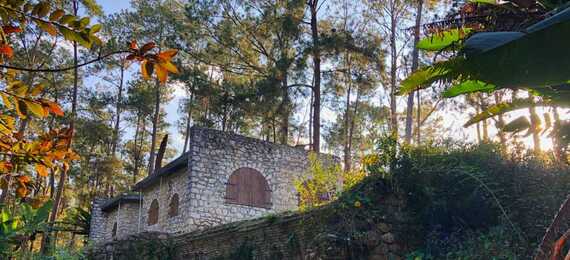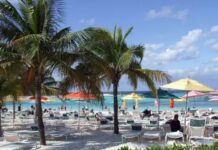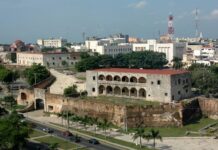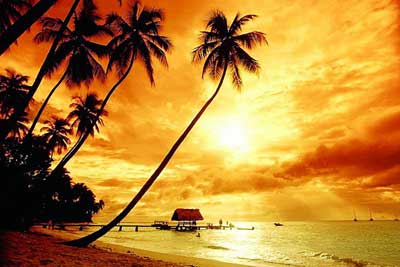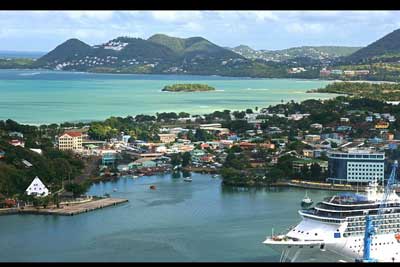Just a few miles from Curacao’s capital city of Willemstad are a series of caves The Hato caves which are the largest caves known on Curacao that tell many stories about the history of the Caribbean islands. The Hato Caves – known as Grotten Van Hato in native Dutch, these caves formed underwater years ago as karst caves, below the sea level millions of years ago, they weren’t always accessible to humans. But With the Ice Ages the water level dropped down enough to expose these caves and Curacao was born. The Hato cave covers an area of 4900 m2, gouged out of beautiful limestone cliffs offering a unique glimpse in the limestone formation (which are still forming, albeit by one drop at a time) and still bear the marks of their time like other famous sea caves throughout the world visitors can easily spot ancient shells and coral formations embedded in the rock.
Before tourists began exploring this area, these caves played an important role In Curacao Island’s history; the Hato Caves were used as shelter by many groups. During colonial times, these caves had a utilitarian purpose it was believed that escaped slaves used them as hiding places, with some even living in the caves for months. Even before the arrival of Europeans and slaves prior to the colonization of the Caribbean, the Amerindian Arawaks used the caves for shelter, ceremonies and burials they left behind flint tools ,cave drawings, or scrawled petro-glyphs which are still visible today on the walls, estimated at 1,500 years old. Thus it is easy to see how the Hato Caves have played an important role through all stages of Curacao Island’s history. The impressive Hato Caves and their significant contributions to history, they have been managed as a tourist attraction for CARMABI was not open to the public until the 1990s by a local entrepreneur, and after undergoing an intensive upgrading by the Government to make it accessible by foot. Today, these Hato caves embedded in an ancient coral reef of Curacao are one of the most popular tourist attractions, as they are the home to the beautiful limestone formations, romantic pools, waterfall and massive stalactites that hang from the ceiling. The atmosphere is dark, airy and water dripping from the walls. In Curacao there are at least 8 different species of bats. Some colonies eat insects while other Seldon colony eat fruit and one species even catches fish. Each species has its own role and significance in nature. Other caves as The “Kueba di Raton” (mouse-cave) and the “Kueba di Yètchi” on the Hato plains, are mostly kept closed to the public to protect the large number of endemic and ecologically important bats living there.
If you are lucky to visit Curacao, make sure you visit the Hato Caves, one of the most historically significant and geologically unique sites in the Caribbean which is considered the most beautiful and public friendly cave of the island.











